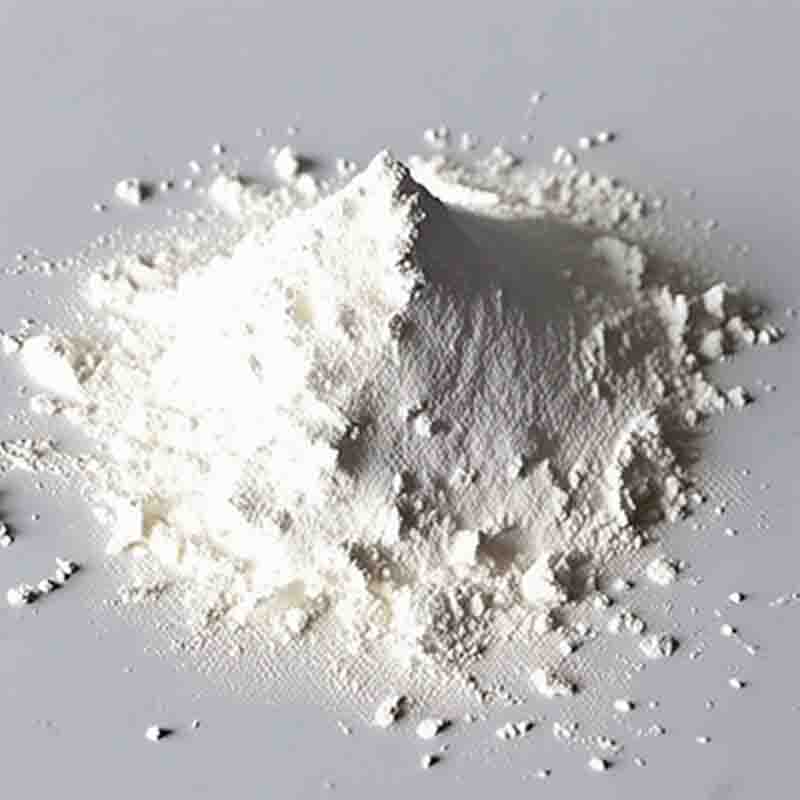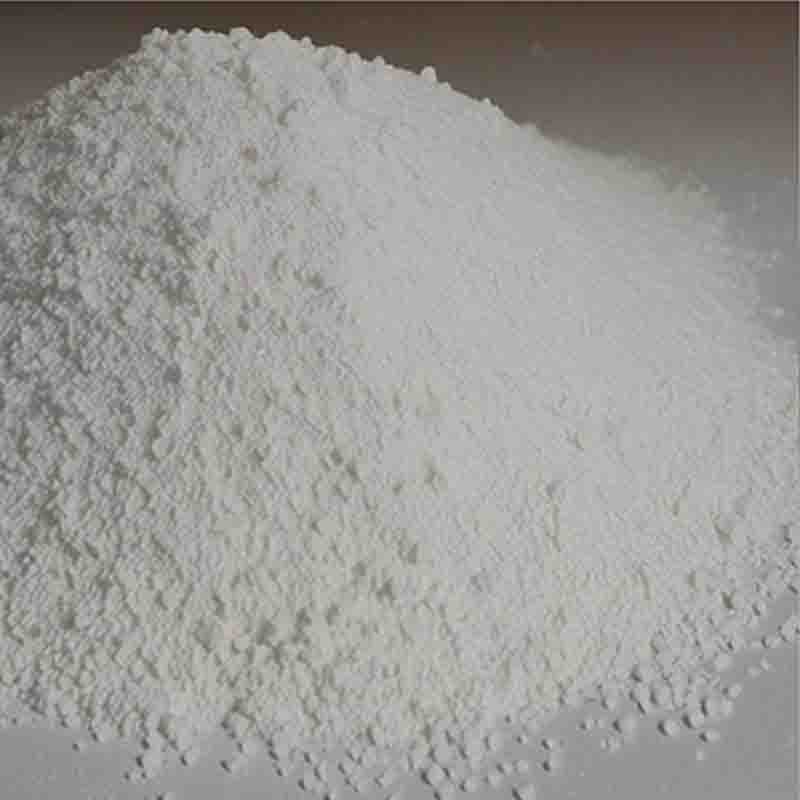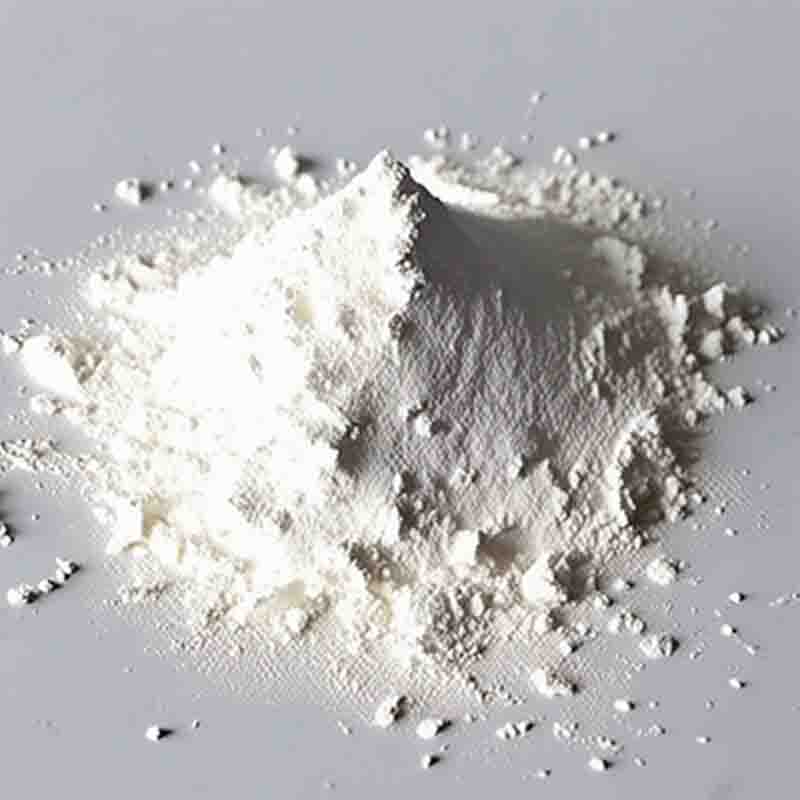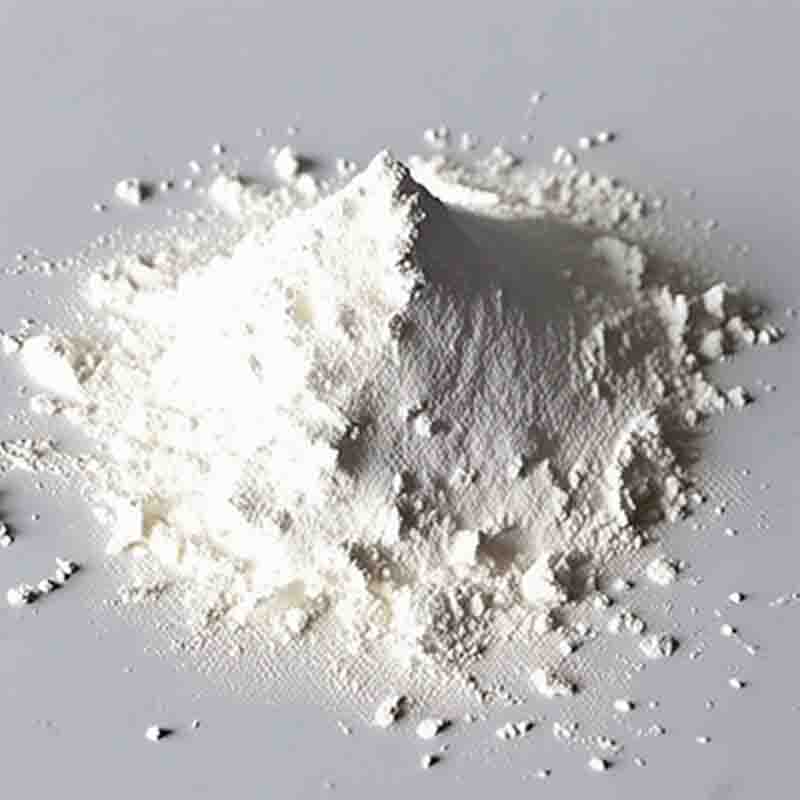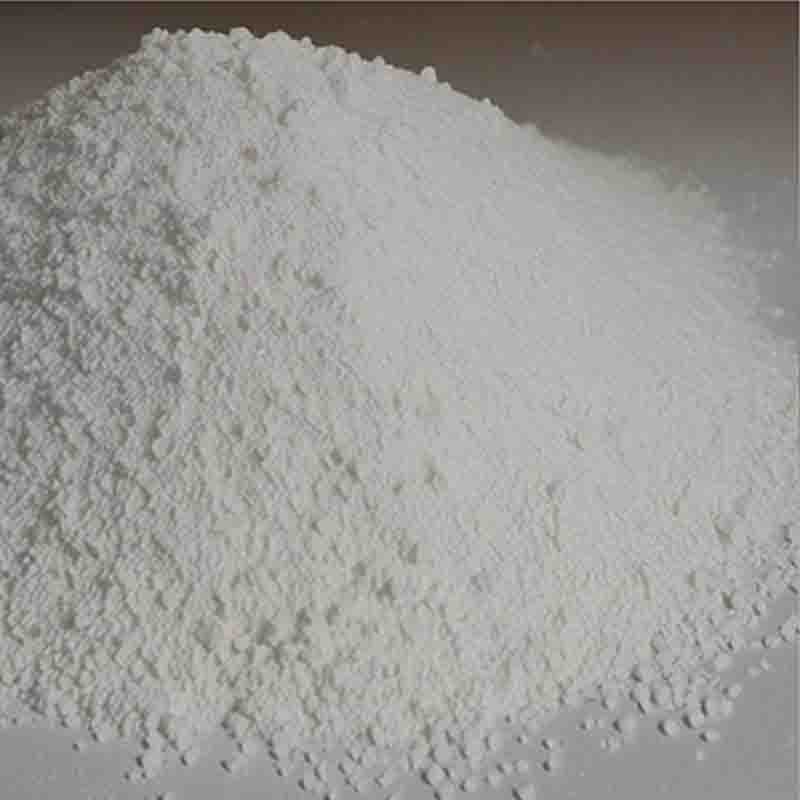2-Chloromethyl-3,4-dimethoxypyridinium chloride CAS: 72830-09-2
| Catalog Number | XD93933 |
| Product Name | 2-Chloromethyl-3,4-dimethoxypyridinium chloride |
| CAS | 72830-09-2 |
| Molecular Formula | C8H11Cl2NO2 |
| Molecular Weight | 224.08 |
| Storage Details | Ambient |
Product Specification
| Appearance | White powder |
| Assay | 99% min |
2-Chloromethyl-3,4-dimethoxypyridinium chloride is a chemical compound with the molecular formula C8H10ClNO2. It is commonly known as CDMPC or pyridinium chloride. This compound has various uses in different industries due to its unique properties.One of the main applications of 2-Chloromethyl-3,4-dimethoxypyridinium chloride is in organic synthesis. It is often used as a precursor or reagent in the synthesis of other organic compounds. The chloromethyl group in CDMPC provides a reactive site that can be utilized for various reactions, such as nucleophilic substitution and condensation reactions. This compound serves as a valuable building block for the preparation of pharmaceuticals, agrochemicals, and other specialty chemicals.In the field of medicine, 2-Chloromethyl-3,4-dimethoxypyridinium chloride finds its use as an intermediate in the synthesis of pharmaceutical compounds. It is often employed in the production of antihypertensive agents, anti-inflammatory drugs, and antimicrobial agents. Its reactivity allows for the introduction of specific functional groups onto the pyridinium ring, leading to the development of new drugs or improving the effectiveness of existing medications.Furthermore, 2-Chloromethyl-3,4-dimethoxypyridinium chloride has applications in the agrochemical industry. It is used as an intermediate in the synthesis of herbicides, insecticides, and fungicides. By modifying the chemical structure of CDMPC, chemists can produce compounds that selectively target pests or unwanted plants while minimizing harm to beneficial organisms and the environment.In addition to the pharmaceutical and agrochemical industries, 2-Chloromethyl-3,4-dimethoxypyridinium chloride is also used in academic research and chemical laboratories. It serves as a versatile reagent for the synthesis of diverse organic compounds. Scientists rely on CDMPC to introduce specific functional groups or modify the structure of organic molecules during their investigations.It is important to handle 2-Chloromethyl-3,4-dimethoxypyridinium chloride with caution, as it is a reactive compound. Proper safety protocols should be followed when working with this chemical, including the use of personal protective equipment and adherence to established laboratory practices.In summary, 2-Chloromethyl-3,4-dimethoxypyridinium chloride is a versatile compound that finds utility in organic synthesis, pharmaceutical development, agrochemical production, and research laboratories. Its reactivity and ability to serve as a precursor for various organic compounds make it a valuable tool for chemists and researchers in different industries. Responsible handling and adherence to safety measures are crucial when working with this compound.


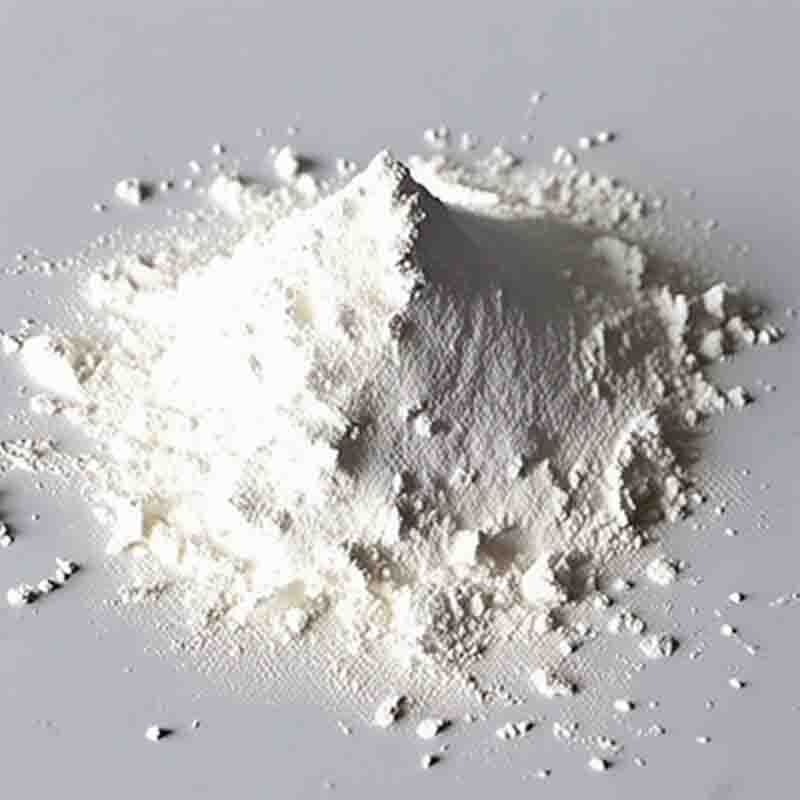

![1′,3′,3′-trimethylspiro[benzo[f][1,4]benzoxazine-3,2′-indole] CAS:27333-47-7](https://cdn.globalso.com/xdbiochems/白色粉末11259.jpg)
